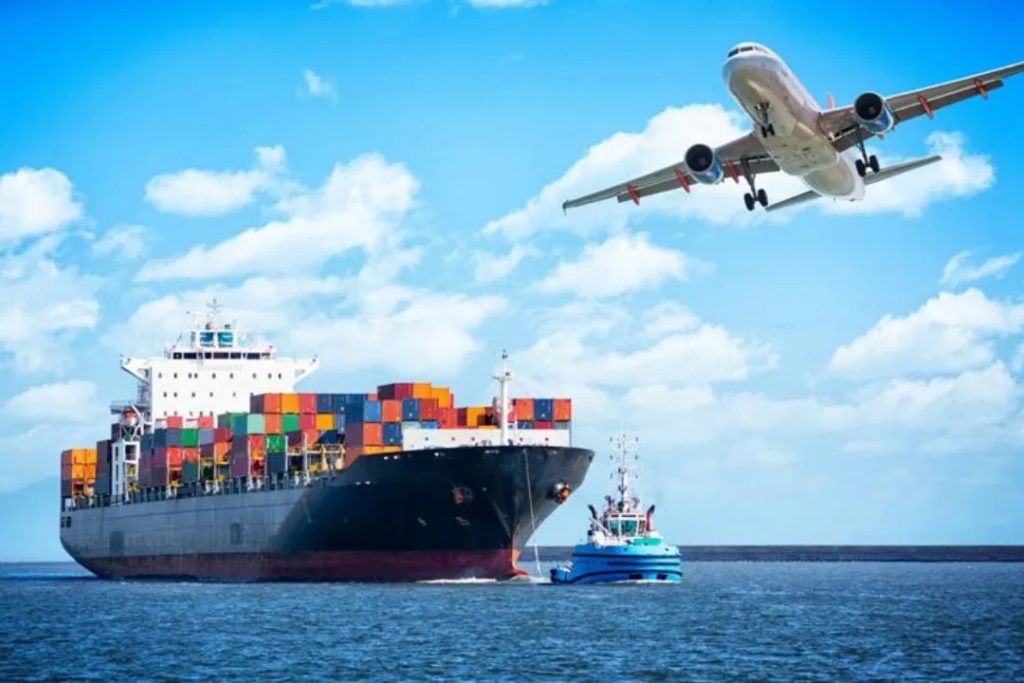
For decades Kenya’s flower industry has depended almost entirely on air freight, with Jomo Kenyatta International Airport (JKIA) serving as the main gateway for cut-flower varieties destined for Europe and beyond. But as air cargo costs climb and environmental pressures mount, stakeholders are now rethinking logistics. A combination of sea freight pilots, cold-chain upgrades, and policy reforms are shaping what could become a new era in Kenya’s floriculture trade.
The most symbolic step forward came in March 2025, when the first controlled-atmosphere reefer container of cut flowers left the Naivasha Inland Container Depot (ICD), travelled by rail to Mombasa, and then shipped by sea to Rotterdam. The trial, coordinated by Flying Swans, Maersk, and Dutch partners, marked the first time Kenyan roses had successfully been containerized for long-haul ocean transit directly from the hinterland.
With journey times stretching up to 30 days, the flowers were packed in specialized reefers that maintain low oxygen levels, consistent humidity, and carefully regulated temperatures to slow respiration and preserve vase life. A single container can hold over 300,000 stems, offering huge economies of scale compared to airfreight pallets.
The implications are profound. Sea freight has the potential to cut logistics costs by more than half while also slashing carbon emissions. Studies show that shipping flowers by sea can reduce CO₂-equivalent emissions by 80–90% compared to air cargo, a figure that resonates strongly with European buyers who are tightening sustainability requirements.
Dutch Flower Group (DFG), one of the biggest importers of Kenyan flowers, confirmed that before Red Sea disruptions forced detours, about 260 containers of roses were moving annually by sea. While that is still a small fraction compared to the volumes flown out of JKIA each week, it demonstrates that sea freight is no longer a distant dream but a proven alternative in certain market segments.
At the same time, exporters cannot ignore the challenges. Routing through the Red Sea has been disrupted, forcing some vessels to sail around the Cape of Good Hope, adding both time and cost. For highly perishable products, every extra day in transit increases risk. That is why most industry leaders agree that sea freight will not replace air but rather complement it. Flowers destined for supermarket programs, which value consistent supply and lower prices, are better suited for ocean freight. Premium stems for the Dutch auction, last-minute orders, or Valentine’s shipments will still rely on air. The future lies in balancing the two channels.
Even so, the pressure to reform air freight remains high. Over the past two years, airfreight rates out of Nairobi doubled, rising from about $2.20 per kilogram to $4.50/kg at their peak before easing slightly to around $3.90/kg. For flower farms, where margins are already tight, this is devastating. Logistics now account for between 30 and 40% of total production costs, eroding competitiveness against countries such as Ethiopia that enjoy subsidized cargo rates and stronger bargaining power with airlines. Several farm managers privately admit that high freight charges have forced them to scale back production or exit less profitable markets.
Recognising the urgency, the government has stepped in. Cabinet Secretary Mutahi Kagwe has been vocal about what he calls “monopolistic tendencies” in the freight market. He has called for greater competition in air cargo services, an expansion of freighter capacity at JKIA, and policy measures to reduce hidden costs that trickle down to exporters. Among the proposals under discussion are zero-rating of packaging materials, which would cut a significant expense for growers, and incentives to attract more airlines to operate out of Nairobi.
Parallel to these policy battles are physical investments in infrastructure Kenya is investing in physical infrastructure to strengthen floriculture logistics. At JKIA, Swissport expanded perishable cold storage facilities, adding a 750 sqm cold room and high-speed vacuum cooler to preserve fresh-cut flowers. Panalpina also doubled its cold storage area to 1,500 sqm, complete with dedicated skidding bays and cold zones. Meanwhile, a new transit shed is under construction at JKIA, including cold rooms, and expected to add 150,000 tonnes per annum in cargo handling capacity. Industry players have long decried bottlenecks in handling which can lead to flowers sitting on the tarmac, causing shrinkage and rejections upon arrival in Europe. By expanding and modernizing the cold chain at the airport, Kenya hopes to protect the integrity of its exports and reduce post-harvest losses.
The combination of sea freight pilots, airport cold-chain improvements, and policy interventions points to a strategic rebalancing of Kenya’s logistics model.
Another dimension to this conversation is sustainability. European consumers are increasingly aware of the environmental footprint of imported flowers. Supermarkets in the Netherlands, Germany, and the UK have begun tracking emissions across their supply chains, and several now market “sea freight roses” as a greener alternative. Embracing sea freight is not just about cost but about maintaining market access as buyers demand proof of climate-friendly practices. The same logic applies to airport cold-chain investments, where reducing wastage translates directly into lower emissions per stem delivered.
The debate around freight is also reshaping how the sector thinks about competitiveness. For years, Kenya’s comparative advantage has been climate and labour; ideal growing conditions and skilled workers, but as freight costs rise, logistics is becoming the new frontier. If the country can crack the balance between air and sea, supported by robust cold-chain infrastructure, it will reinforce its global dominance as a top supplier of cut flowers.
